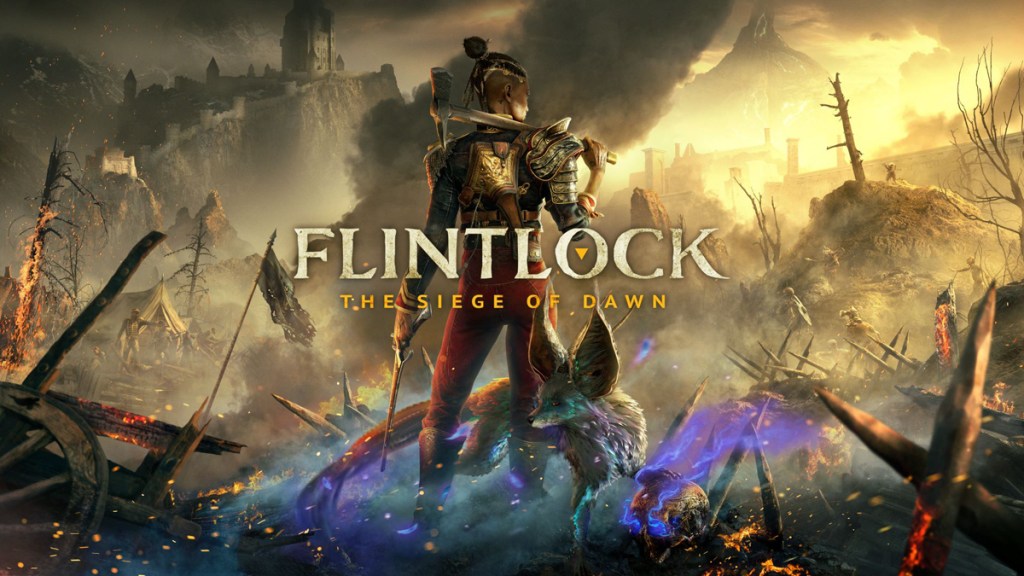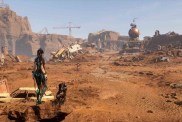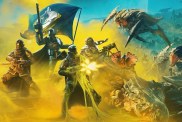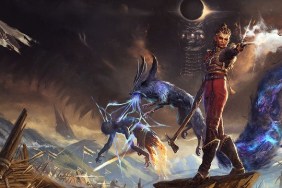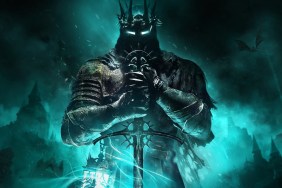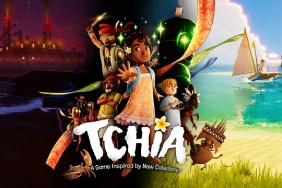While there are quite a few Soulslike games on the market, the genre is still mainly associated with the company that popularized it. However, Flintlock: The Siege of Dawn hopes to set itself apart by exploring an underutilized subgenre of fantasy fiction. The action RPG draws inspiration from Napoleonic France, New Zealand geography, and ancient Mesopotamia.
Flintlock: The Siege of Dawn’s colorful world sets it apart from other Soulslike games
Their hauntingly beautiful environments as much define games like Dark Souls and Elden Ring as their brutal difficulty. However, Flintlock deliberately sets itself apart by trading a gloomy atmosphere for something more colorful. “The intention was for us to propose something that we think brings the genre further, to have something that might look and feel a bit different from the usual games in it,” Art Director Marie-Charlotte Derne told The Loadout. “This is also an opportunity for us to play with those ranges of color and brightness.”
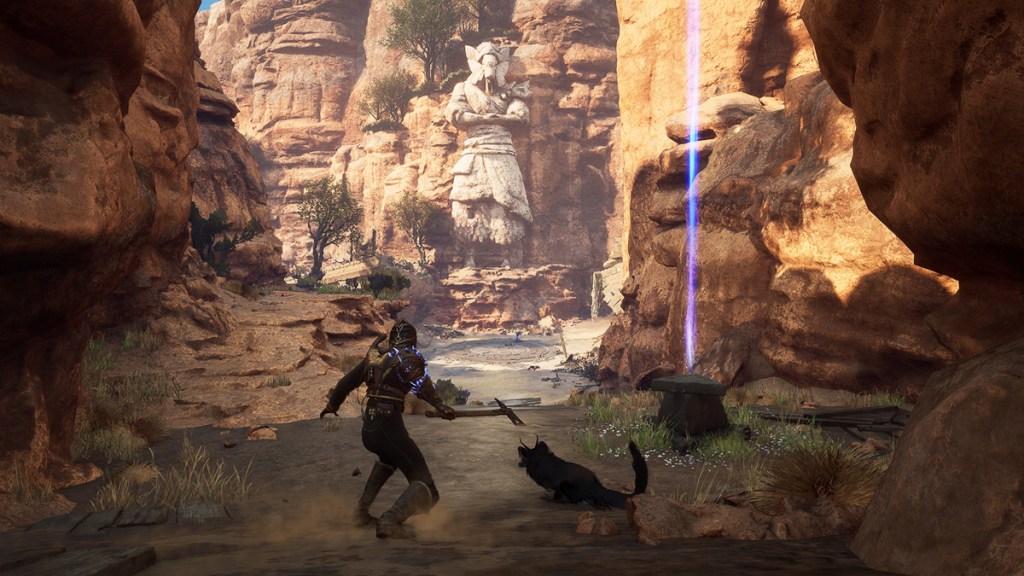
Developer A44’s home country of New Zealand also significantly influenced the game’s visual design. “We intentionally strayed away from the more classic representation of alpine environments.” Instead of northern Europe, A44 Games based Flintlock’s snowy regions on the glacier of southern New Zealand. Players will also explore Turkish-inspired bazaars and discover statues based on depictions of Mesopotamian gods. The game’s world is also more technologically advanced than most fantasy games, featuring clothing and weapons from early 19th-century France.
Finally, while Derne is the game’s art director, she also talked a little about the pace of Flintlock’s gameplay. After all, there wouldn’t be much point in crafting a beautiful game world if players don’t have time to appreciate it. “It’s important to mention that, yes, the game is about rhythm and pacing during combat,” Derne explained, “but it’s also about pacing between encounters. We don’t want you to be full-on all the time, so we’re also creating these pockets of contemplation and space for the player to regroup, think, and then go into the next encounter refreshed.”
